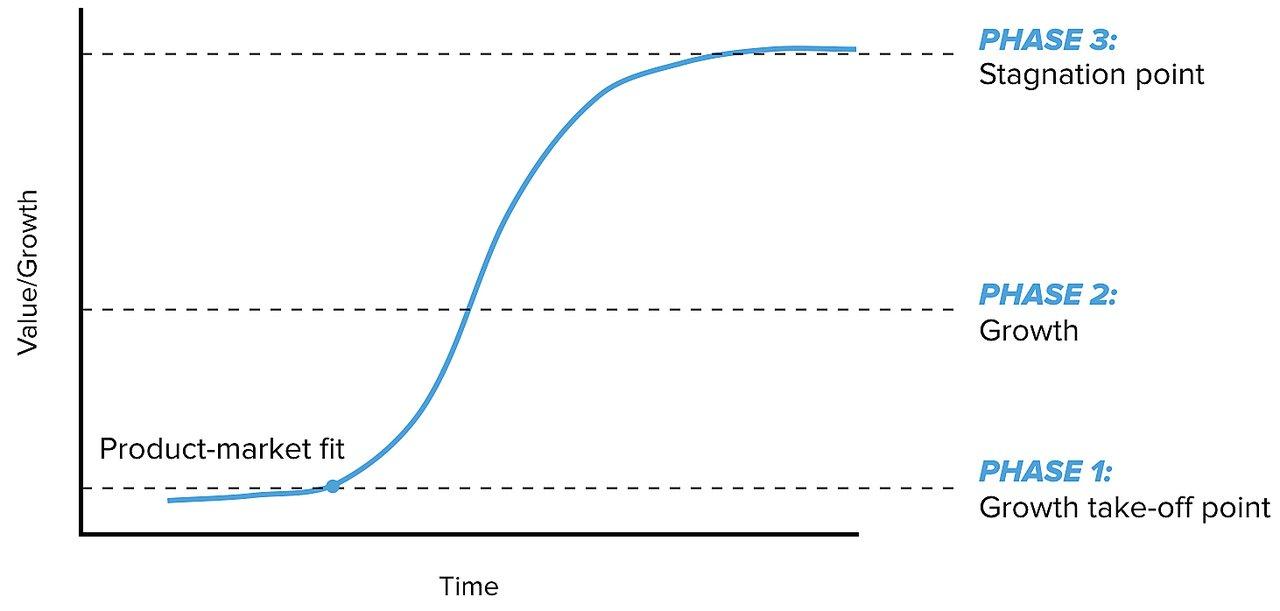In the vast depths of datacenter halls, where rows of servers hum with the promise of AI innovation, a new breed of intelligence is being sculpted. Large language models, towering in complexity and exquisite in detail, are emerging from the digital ether with unprecedented capabilities. In this article, we delve into the intricate art of characterizing the development of these behemoths, unveiling the meticulous process behind their creation and the exceptional power they wield in the realm of language processing. Join us as we explore the fascinating world of large language models and witness the evolution of artificial intelligence in the datacenter.
Key Components in Large Language Model Development
Large language model development in the datacenter involves a series of key components that are essential in creating state-of-the-art language models. One crucial component is the use of massive datasets that contain a diverse range of text from various sources. These datasets serve as the training data for the language model, allowing it to learn and generate text that is coherent and contextually accurate.
Another important component is the architecture of the model itself. Large language models are typically built using deep learning techniques, such as transformer architectures. These architectures consist of multiple layers of neural networks that process and generate text. The intricate design of these models allows them to capture long-range dependencies in language, resulting in more natural and nuanced text generation. Other key components include advanced optimization algorithms, efficient hardware infrastructure, and rigorous evaluation metrics to ensure the quality and performance of the language model.

Challenges in Datacenter Management for Language Model Training
Developing large language models in the datacenter comes with various challenges that require careful consideration and management. One of the main challenges is ensuring efficient utilization of computational resources. Training language models requires significant computational power and memory, leading to high costs and resource usage. As a result, optimizing the use of datacenter resources to balance performance and cost is crucial for achieving successful development of large language models.
Additionally, datacenter management for language model training involves handling large datasets efficiently. The sheer volume of data needed for training language models can pose challenges in terms of data storage, retrieval, and processing. Ensuring data integrity, security, and accessibility throughout the training process is essential for maintaining the quality and accuracy of the language model. Managing datacenter infrastructure to support the storage and processing requirements of large language models is key to overcoming the challenges in developing these sophisticated AI systems.

Optimizing Efficiency and Resources in Large Language Model Development
When developing large language models in a datacenter environment, it is essential to carefully optimize efficiency and utilize resources effectively. One key aspect of this process is to streamline the development pipeline to reduce bottlenecks and improve overall productivity. By implementing efficient coding practices and leveraging parallel processing capabilities, developers can significantly speed up model training and fine-tuning.
Another critical consideration in large language model development is resource allocation. By carefully monitoring and managing hardware resources such as CPU, GPU, and memory usage, developers can ensure that the datacenter infrastructure is utilized to its full capacity without any wastage. Additionally, utilizing cloud computing services for on-demand resource scaling can further enhance development efficiency and flexibility. By implementing these optimization strategies, developers can accelerate the pace of large language model development and achieve superior performance outcomes.

Best Practices for Scalable and Sustainable Language Model Training
Building large language models that are both scalable and sustainable is a complex process that requires careful planning and execution. One key aspect to consider is the hardware and infrastructure in which the models are trained. By utilizing powerful data center resources, developers can ensure efficient training processes and maximize the potential of their models.
Additionally, optimizing the training process through parallel processing and distributed computing can significantly speed up model development. This allows for faster iteration cycles and more robust models. By following best practices such as proper resource allocation, efficient data handling, and regular model monitoring, developers can create language models that are not only large and powerful but also sustainable in the long run. Successful model development in the data center is crucial for unlocking the full potential of language technology.
The Conclusion
In conclusion, the development of large language models in the datacenter is a fascinating and complex process that involves a wide range of techniques and technologies. Understanding the intricacies of characterization in this context is crucial for advancing the field of natural language processing and paving the way for future innovations. By delving into the nuances of how these models are built and optimized, researchers can unlock new possibilities for improving language understanding and communication. As we continue to push the boundaries of what is possible with large language models, it is essential to remain mindful of the challenges and opportunities that lie ahead.